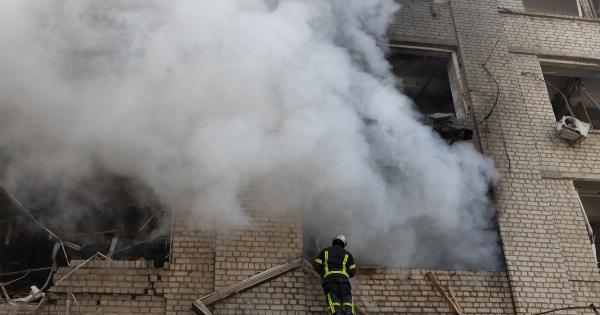A subarachnoid hemorrhage (SAH) is a type of stroke that occurs when there is bleeding into the space between the brain and the thin tissues that cover it, called the subarachnoid space.
This condition is usually caused by the rupture of a weakened blood vessel, such as an aneurysm, in the brain. SAH is a medical emergency that requires immediate attention due to its potentially devastating effects on the brain and overall health of the affected individual.
Understanding Subarachnoid Hemorrhage
Subarachnoid hemorrhage is a rare condition that accounts for only a small percentage of all strokes. However, its impact can be severe, resulting in disability or even death.
It can affect individuals of any age, although it is more commonly seen in adults between the ages of 40 and 60. It affects men and women equally.
The most common cause of subarachnoid hemorrhage is the rupture of a cerebral aneurysm, which is a weakened area in the wall of a blood vessel in the brain.
Other less common causes include trauma, blood disorders, and certain medications that increase the risk of bleeding.
Symptoms and Diagnosis
The symptoms of subarachnoid hemorrhage can vary depending on the extent and location of the bleeding.
The most typical symptom is a sudden and severe headache, often described as the “worst headache of one’s life.” Other common symptoms include:.
- Sudden onset of a stiff neck
- Nausea and vomiting
- Sensitivity to light (photophobia)
- Blurred or double vision
- Seizures
- Loss of consciousness
If a subarachnoid hemorrhage is suspected, a series of diagnostic tests will be performed to confirm the diagnosis. These may include:.
- Computed tomography (CT) scan: This imaging test can detect bleeding in the brain.
- Cerebrospinal fluid analysis: A sample of cerebrospinal fluid is collected through a lumbar puncture and examined for the presence of blood.
- Cerebral angiography: A dye is injected into the blood vessels in the brain, and X-ray images are taken to identify any abnormalities or aneurysms.
Treatment Options
Managing a subarachnoid hemorrhage requires prompt and specialized medical care. The goals of treatment are to stop the bleeding, prevent complications, and address any underlying causes, such as an aneurysm.
The specific treatment plan will depend on the individual’s overall health, the extent of the bleeding, and the underlying cause.
Immediate emergency treatment may involve:.
- Medications to control blood pressure and prevent seizures
- Interventions to relieve increased pressure in the brain
- Surgery to repair the bleeding blood vessel or remove an aneurysm
If the cause of the subarachnoid hemorrhage is an aneurysm, additional treatment options may include:.
- Endovascular coiling: A thin catheter is threaded through the blood vessels to the site of the aneurysm where platinum coils are placed to encourage blood clotting and prevent further bleeding.
- Surgical clipping: The aneurysm is located and a metal clip is placed at the base of the aneurysm to stop blood flow and prevent rupture.
Recovery and Rehabilitation
Recovering from a subarachnoid hemorrhage can be a long and challenging process. The extent of recovery varies depending on the severity of the hemorrhage and the individual’s overall health.
Some individuals may regain full function, while others may experience lasting effects.
Rehabilitation may be necessary to help improve physical and cognitive abilities. This may include:.
- Physical therapy to regain strength, balance, and coordination
- Occupational therapy to improve skills for daily living and work
- Speech therapy to address communication and swallowing difficulties
- Cognitive therapy to help with memory, thinking, and problem-solving
Prevention and Outlook
While it is not always possible to prevent a subarachnoid hemorrhage, there are measures that can be taken to reduce the risk. These include:.
- Managing and treating risk factors, such as high blood pressure and smoking
- Seeking medical attention for symptoms such as severe headaches or sudden changes in neurological function
- Following a healthy lifestyle, including regular exercise and a balanced diet
The outlook for individuals who have experienced a subarachnoid hemorrhage can vary depending on the extent of the bleeding and the underlying cause.
With prompt medical attention and appropriate treatment, many individuals are able to recover and regain a good quality of life. However, it is crucial to recognize the signs and symptoms of subarachnoid hemorrhage and seek immediate medical attention to improve the chances of a favorable outcome.
























